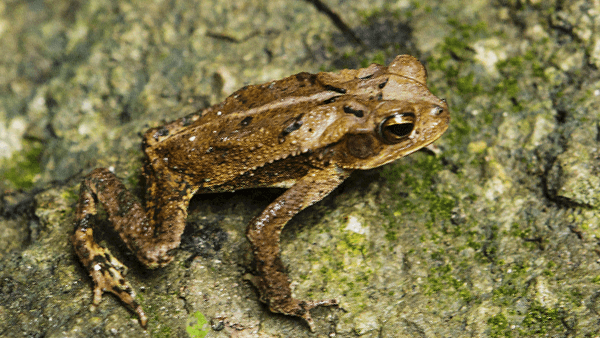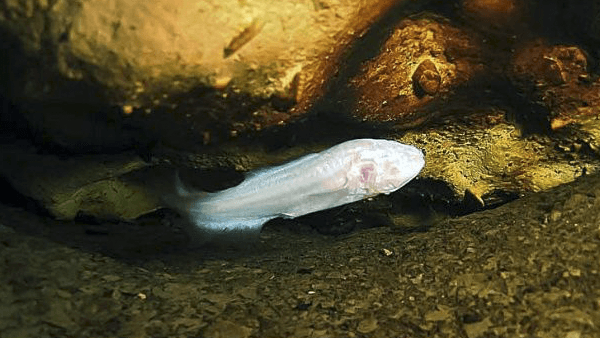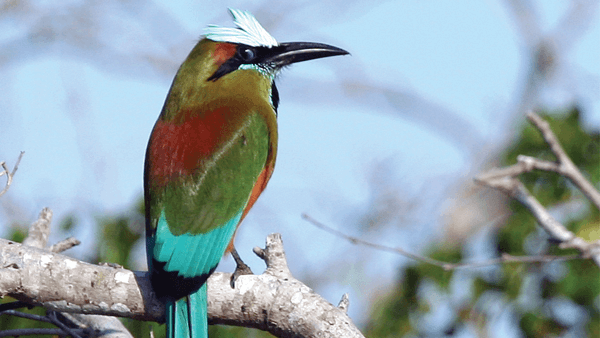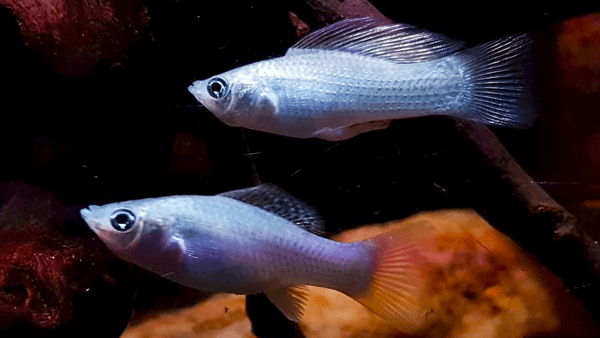
CENOTES
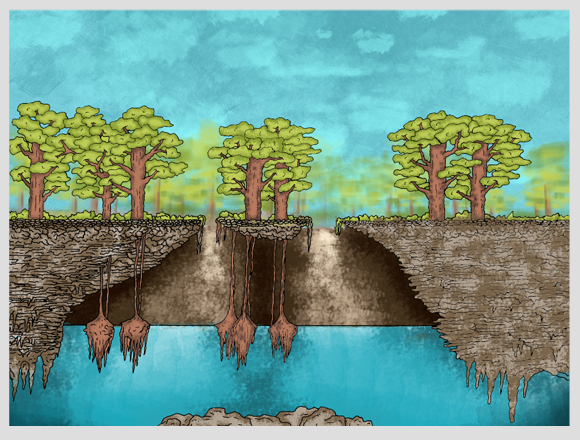
What is a cenote?
A Cenote refers to an underground chamber or cave which contains permanent water. In other words, it is a natural sinkhole where the ceiling of the cave has collapsed. The word Cenote, which is pronounced as “seh-no-tay”, is a Spanish conversion of the Yucatec Maya word “D’zonot” or “Ts’onot”.
Cenotes come in all sorts of different shapes and sizes. The most common types of cenotes are Cave, Semi-Open and Open Cenotes. Cave cenotes being the youngest and the open cenote being the oldest as it’s cave ceiling has fallen into itself.

Types of Cenotes
Cenotes have different ages and are classified as:
Cavern
They are the youngest and the most enigmatic cenotes, since their water mirror is still inside a cave, so the Mayans chose them as a stage for some of their ceremonies.
Semi-open
These types of cenotes are middle-aged, because although they are not yet old enough to be fully exposed, a part of them has already been exposed to the elements.
Open
They are the oldest cenotes, since with the passage of time (that is, millions of years), the roof that covered them gives way and collapses, leaving them out in the open.
Ancient
Also due to many millions of years of existence, the roof that covered this type of cenote yields, and leaves the area completely exposed.

Location
There are thousands of cenotes dotted all over Mexico’s Yucatan Peninsula, and their existence is as much a defining characteristic of the region as is the distinct geological feature from which they result.
Top 10
In Mexico there are more than 10,000 cenotes of different sizes and depths. The following compilation shows the 10 most essential and impressive cenotes in the country:

1. Cenote Azul, Bacalar

2. Cenote Dos Ojos, Tulum

3. Cenote Carwash, Tulum

4. Cenote Calavera, Tulum

5. Cenote de Ik Kil, Chichén Itzá

6. Cenote Jardín Del Edén, Quintana Roo

7. Gran Cenote, Tulum

8. Cenote Cristalino, Playa del Carmen

9. Cenote Sac Actun, Tulum

10. Cenote Escondido, Tulum
How are Cenotes Formed?
This quick video explains the formation of cenotes and describe the flora and fauna that inhabit them.
Cenote Virtual Reality
ExpediaLabs has released their second virtual reality experience: an immersive recreation of the legendary cenotes of the Yucatán Peninsula in Mexico. The next video shows a glimpse of this incredible experience that takes you into the caves of similar cenotes that are found in the Yucatan Peninsula. The cenote is designed for both the Oculus Rift and the HTC Vive.
Cenotes in 3D
Experience what it’s like to dive inside a Mexican cenote in 3D. The best way to watch is on a phone or ipod with google cardboard or a VR headset but red/blue glasses in anaglyph mode can also be used.

360° Cenote The Pit

Cenote The Pit is 33.5 km south of Puerto Aventuras, and just under 3kms past Cenotes Dos Ojos, into the jungle. This is the deepest Cenote open to the public for Cavern Diving in the Riviera Maya. A 360° panoramic picture can be seen in the next website:
Fauna
In caverns, one can spot mojarras, mollies, guppies, catfish, small eels and frogs. many animals don’t have pigmentation and they are often blind, so they are equipped with long feelers so that they can find food and make their way around in the dark.

Mayan importance
- Ancient Mayans had a strong connection with cenotes, since they were they water source, and were also considered the entrance to the underworld.
- Jade, copper, gold and even clothing have been found inside, as offerings to the gods.
- For the Mayans, the duality mountain and water spring had to be represented in their settlement, reason why pyramids exist, as a recreation of the sacred mountain.
